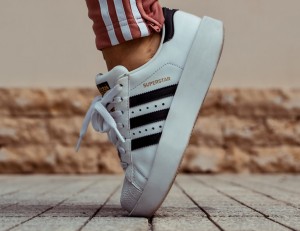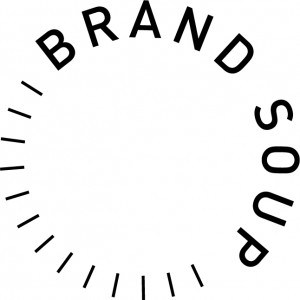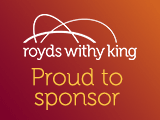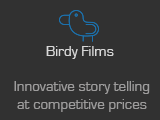Adidas likes to think of itself as synonymous with its famous logo – so much so that its founder, Adolph ‘Adi’ Dassler, referred to it as the “three-stripe company”.
From early days, Adi was concerned to give his products a distinctive look. Very much ahead of his time, he designed his shoes to stand out on the feet of successful athletes, including Jesse Owens at the 1936 Berlin Olympics. 
Starting with simply picking out reinforcement straps in a contrasting shade, adidas soon adopted ‘three stripes’ as its core brand. (Along the way it bought Karhu Sports of Finland out of its conflicting rights for the equivalent of £1,500 and two bottles of whisky – surely the greatest bargain since Esau and Jacob!)
And since then it has guarded its brand assiduously. In 2003, it even managed to get EU trade mark law rewritten so that trade marks with a reputation could be asserted against any sort of goods, not just dissimilar ones as originally drafted.
However, the adidas brand juggernaut recently hit a rare bump in the road after the EU General Court ruled that the general concept of three stripes (as opposed to a specific three-stripe logo) was not “distinctive” enough to be registered as a trade mark for clothing, hats and shoes.
Adidas also failed to convince the court that ‘three stripes’ had acquired a distinctive character throughout the EU. Their evidence only covered five out of the 28 member states and was not deemed sufficient to extrapolate to the entire EU.
This is unlikely to be the end of the matter as adidas are said to be contemplating an appeal. However, it highlights the difficulties brand owners face in trying to extend their brand protection beyond specific names and logos. Nestlé’s failure in 2018 to register “a design of four trapezoidal bars aligned on a rectangular base” separately from the better-known trade mark ‘KitKat’ is another case in point. 
Part of adidas’s problem was that its trade mark was registered “black-and-white” (as illustrated above) but regularly used “white-and-black”. This led to further musings as to whether it was meant to show three dark stripes on a light background or two white ones on dark?
BrandSoup thinks it’s a shame no zebras were available to be called as expert witnesses.
BrandSoup is a hearty concoction of crunchy facts, delicious ideas and fresh opinions served up for the delight of the readers of Swindon Business News by Thrings intellectual property partner Graeme Fearon. He’ll be stirring the bowl of current affairs, and looking for tidbits of brand, intellectual property and technology news to savour and share again soon. If you have any questions about the this or previous BrandSoup articles, or wish to discuss your intellectual property needs, contact Graeme Fearon or another member of Thrings’ Intellectual Property team.














